|
I was in Sendai recently with a couple of hours to spare, so I set out to see what I could find in the way of sashiko in the centre of the city. Sendai is the capital city of Miyagi Prefecture, part of the northern region of Japan known as Tohoku, where the three main types of sashiko originated. Shonai sashiko (of which hitomezashi is typical) comes from Yamagata prefecture, on the eastern border of Miyagi, while kogin sashiko and nanbu hishizashi originated in Aomori prefecture, which is north of Miyagi but with Iwate prefecture in between. I didn’t have to go very far to make my first discovery. Less than a hundred metres from my hotel I found TRY6, a community-sponsored business incubator shop for local entrepreneurs, where my eyes were immediately drawn to a couple of shelves with a beautiful display of small items such as brooches, buttons and hair-ties stitched with kogin and Shonai sashiko. These were the work of an artist whose needle name is engawa. I couldn’t resist buying a charming brooch of white komenohana zashi (rice flower) stitched on indigo-dyed cloth. According to engawa's website, s/he was born in Hokkaido, lives in Sendai, and has been stitching sashiko items since 2013. Take a look at this link (in Japanese) to see more of engawa’s delightful creations. “minne” and “creema”, by the way, are online Japanese shops. The helpful manager in TRY6 gave me a tip about another gallery he thought might have some sashiko, and sure enough when I reached the galerie arbre, I discovered the work of two more sashikoists. Kogin mameco, the needle name of a lady who specializes in kogin sashiko, had a lovely range of book covers, zip pouches and pencil cases on display. Once again, however, I couldn’t resist the brooches, and purchased a sweet button-sized brooch covered in a rough-weave beige cloth stitched with a red ume no hana (plum flower). See Kogin mameco’s work here. Hitomezashi and kogin sashiko are currently extremely popular in Japan, so I was not surprised that all the sashiko I had found so far was exclusively in those two styles. The sashikoist known as harinoto, who lives in Tochigi prefecture (which is not Tohoku) and whose work I also discovered in galerie arbre, however, was doing something quite original with kogin. Harinoto had made a series of coasters representing the six prefectures in Tohoku, stitched with a kogin-style motif emblematic of each prefecture. These were apples for Aomori, iron tea-pots for Iwate, woven straw horses for Akita, wooden kokeshi dolls for Miyagi, cherries for Yamagata, and toy red cows for Fukushima. Naturally I bought a kokeshi doll coaster as a souvenir of my visit to Miyagi. I tracked down harinoto’s blog and found that she has also published a book about kogin sashiko. Koginzashi moyo asobi (Playing around with kogin sashiko patterns) Nihon Vogue, 2016 (Amazon Japan affiliate link) All in all it was a very pleasant and satisfying way to while away a few hours, walking around the backstreets of Sendai in search of sashiko! 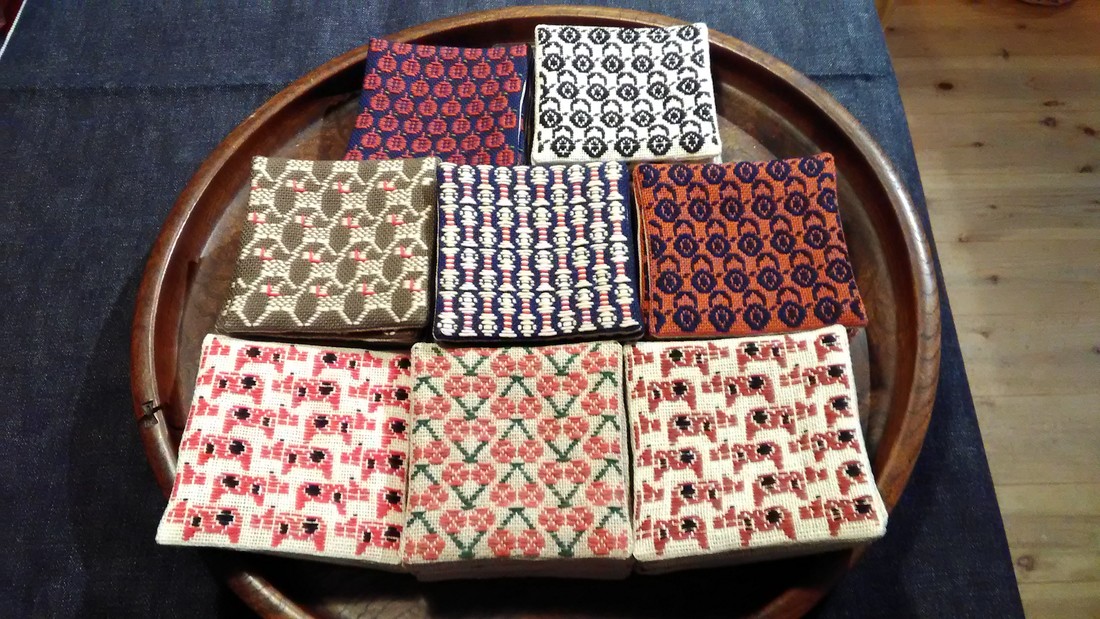 Coasters by harinoto Coasters by harinoto
3 Comments
New years greetings and best wishes for happy stitching in 2018! I love the beginning of a new year, when anything still seems possible. This year I am especially excited to be starting the year with my Watts Sashiko website. I’d dreamed of making this happen for a long time and was thrilled last year to finally get started. There are still many refinements to make and projects to get started, but little by little I’m moving forward. Please sign up for the newsletter if you’d like to get monthly updates of my progress. I’m thrilled to be starting on the next phase of my vision – the subscription kits. Kits were very important to me when I first started sashiko, as I had no one to consult or teach me (in pre-internet days), but finding and choosing them was always a random process, and I was often confused by the instructions. That experience led me to the idea of offering subscription sets. If I can deliver a short series of kits in a particular style, with instructions translated by me, and subscribers can share that experience with each other, then overall it should add up to a fun and informative experience of learning about sashiko. So for my first offering I have three special order Hitomezashi (‘one stitch’) kits from Olympus, which you won’t find available anywhere else on the internet. Hitomezashi is typical of Shonai sashiko one of the three major sashiko styles. The deadline for ordering this series is January 15th. I’m such a fan of sashiko that I often forget other people don’t necessarily know what the appeal is. But when I was visiting Australia over Christmas, and talking about my doings naturally enough, I was asked many questions about it. And to put my answers in a nutshell this is what I said: Sashiko is beautiful, practical, fun, easy and good for you! It’s true, sashiko is easy – but it has depth — and If I can do sashiko, anybody can. I’m not crafty or good at sewing, but I can stitch sashiko and make beautiful things. It’s extremely satisfying, and such a great outlet for latent artistic ambitions. And as for the part about sashiko being good for you, well, if you take a look at comments columns and online groups related to sashiko, you’ll find many people say the same thing: doing sashiko makes them feel better because it’s relaxing, soothing and meditative. In fact, I always say it’s better than drugs. Oh, and another thing, sashiko is not just for women! Historically men also did sashiko (though it was largely women’s work to be sure), and nowadays men around the world are also getting into it. Sashiko changed my life. Why not give it a chance to change yours too? |
Watts SashikoI love sashiko. I love its simplicity and complexity, I love looking at it, doing it, reading about it, and talking about it. Archives
September 2022
Categories
All
Sign up for the newsletter:
|

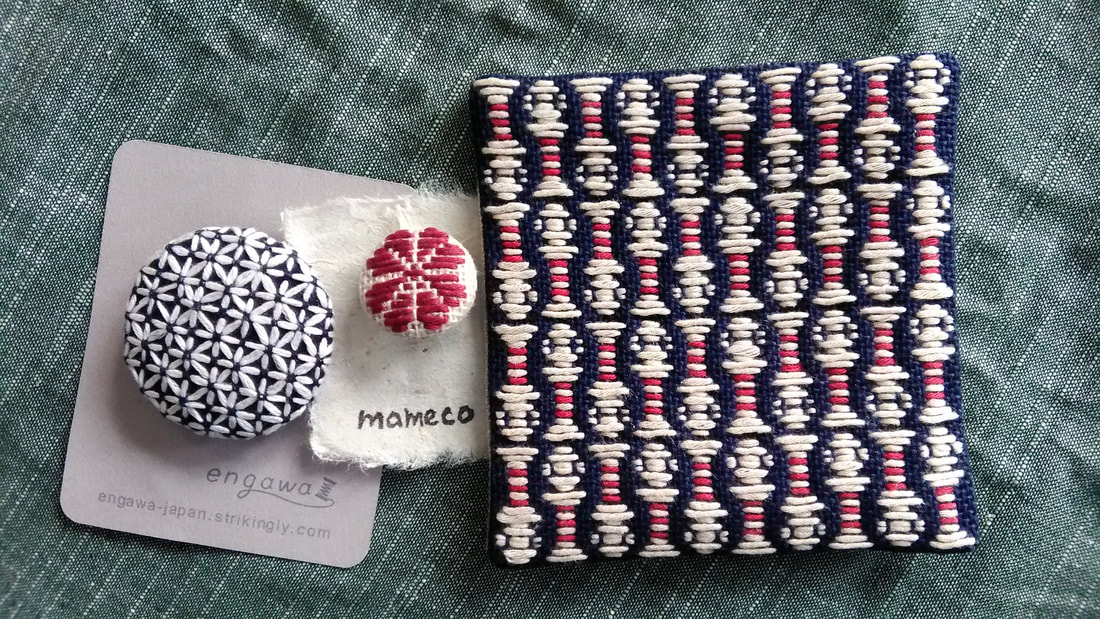
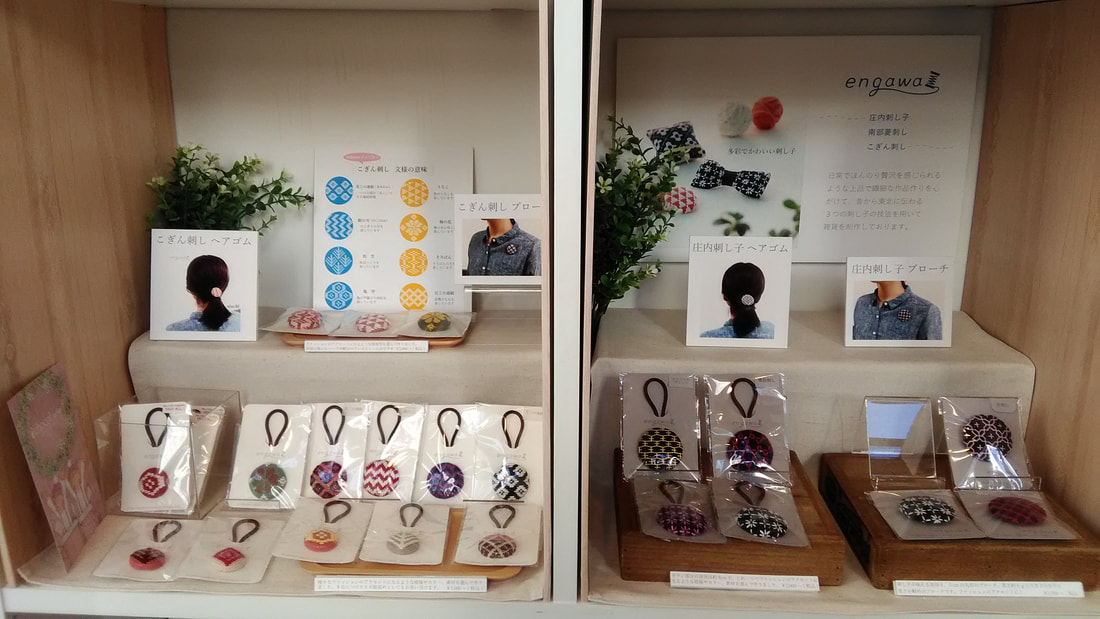
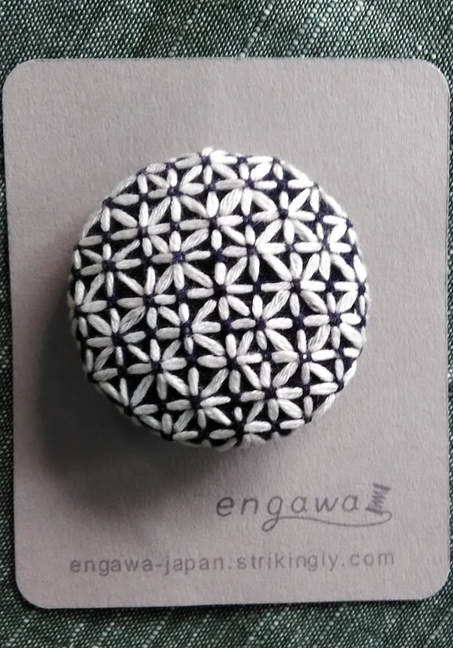
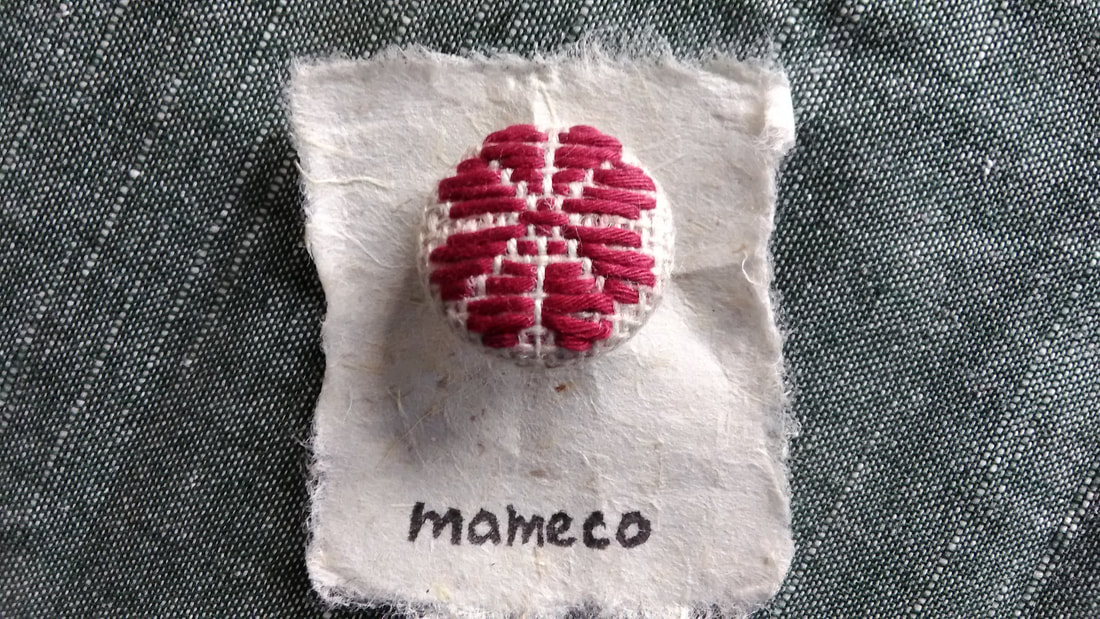
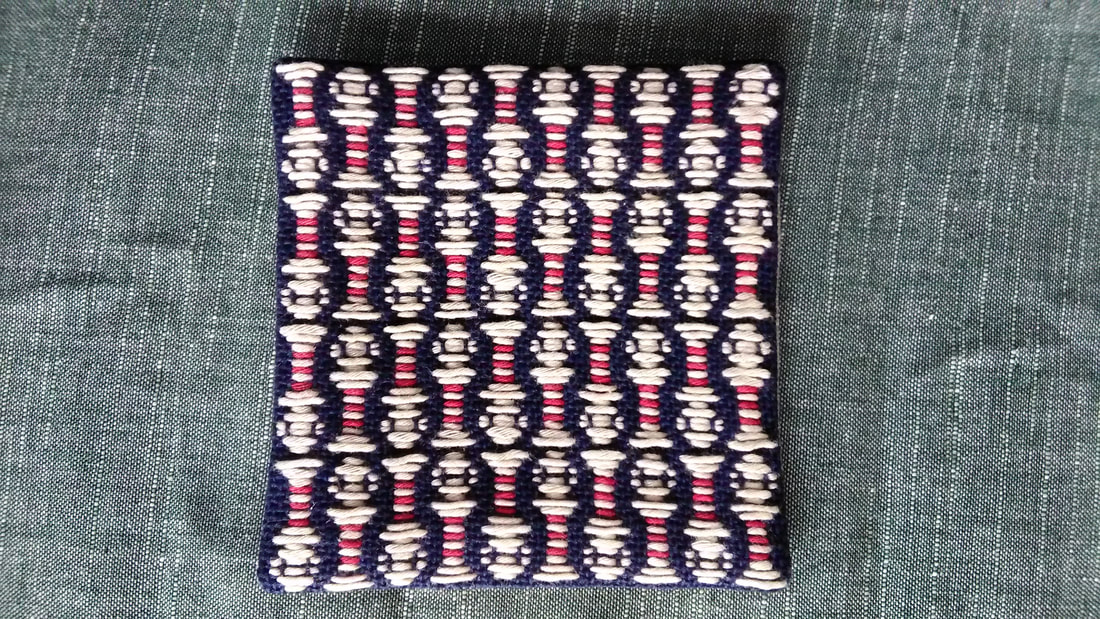
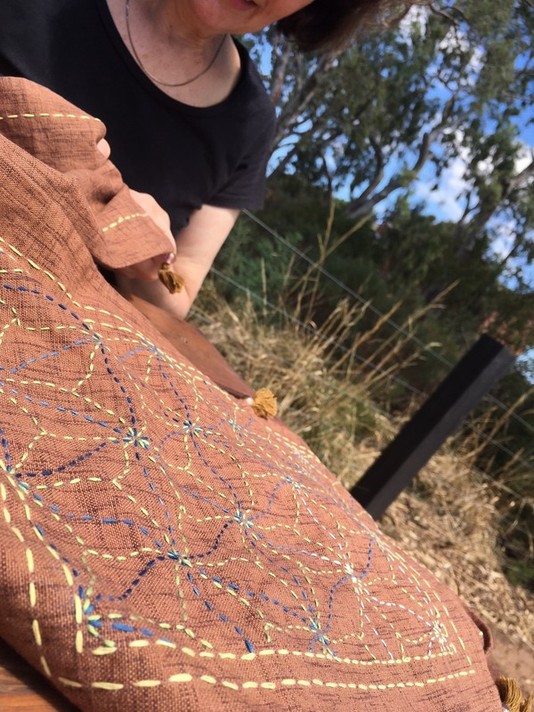
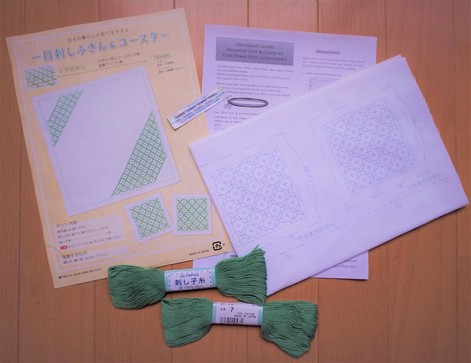
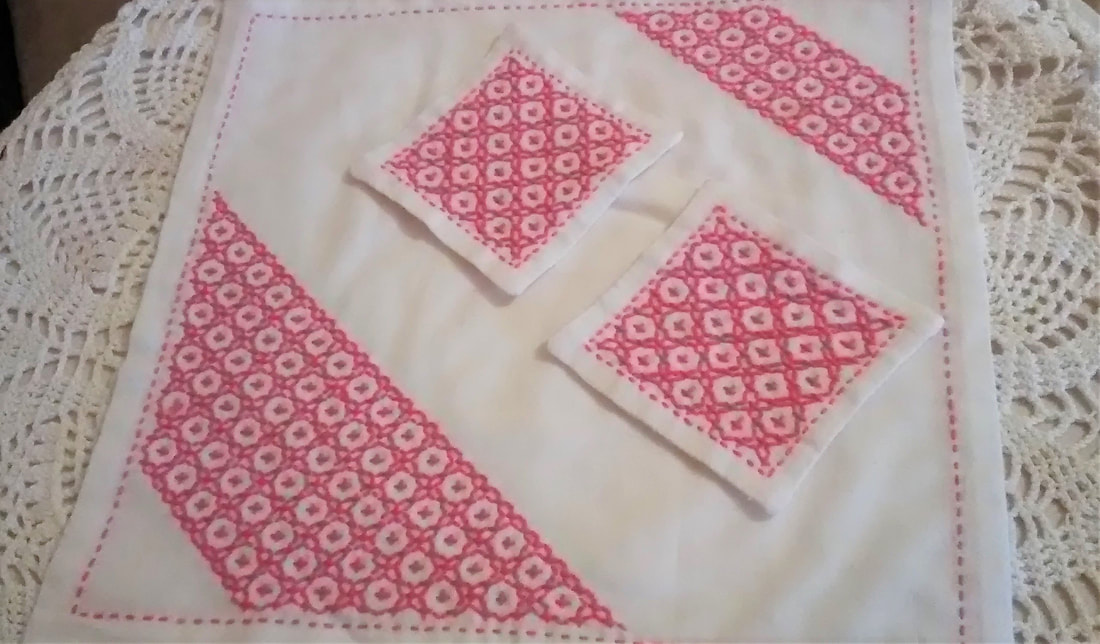
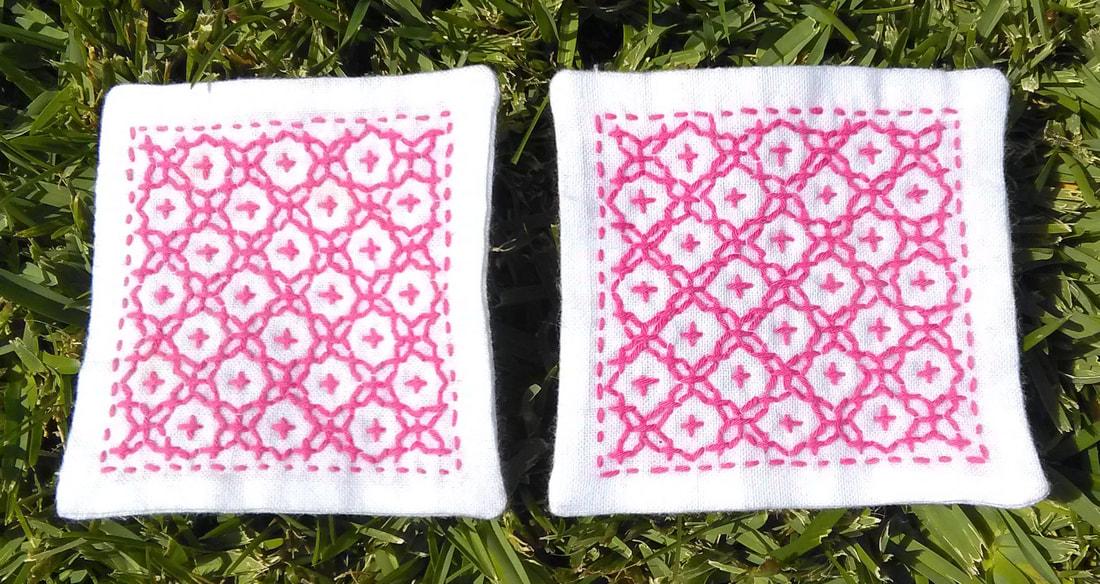
 RSS Feed
RSS Feed



